The Barnsdall-Rio Grande Filling Station in Goleta
A Historian Provides Some Context on the Building That May Be Part of Sandpiper Golf Course Renovations
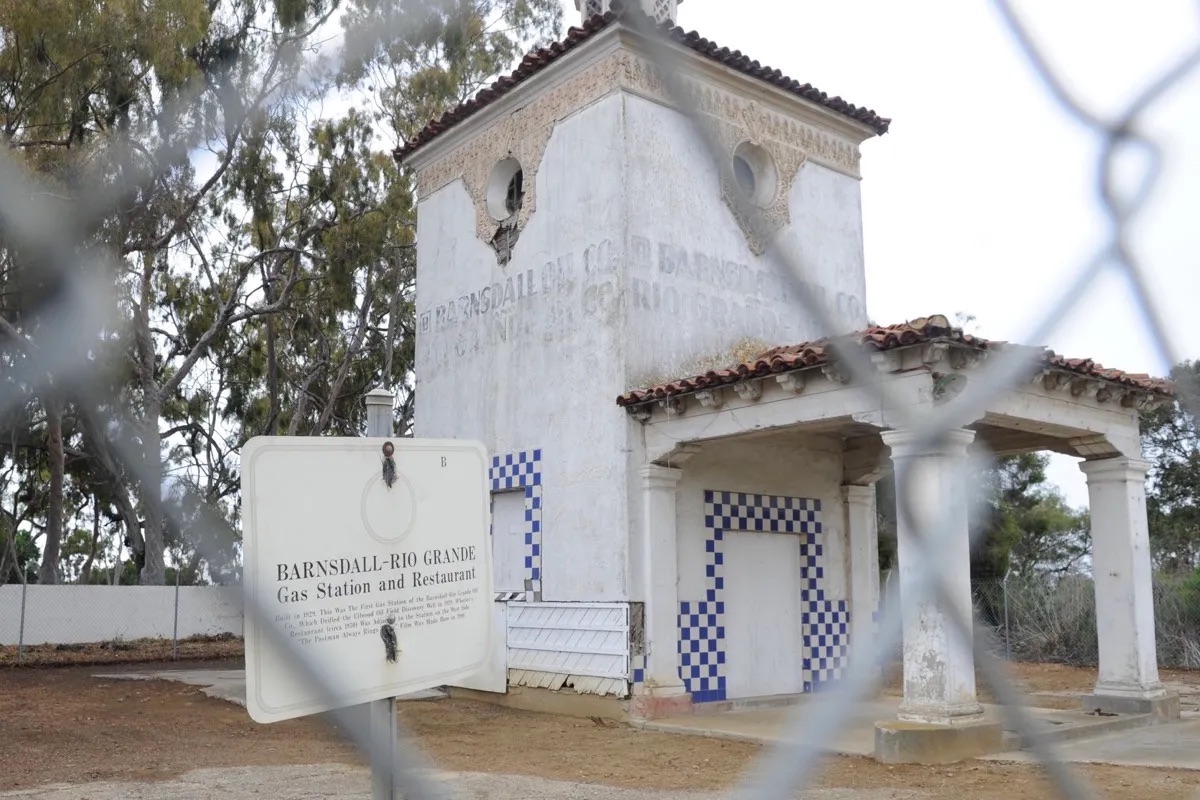
Exploration for oil began in the Ellwood-Tecolote Canyon areas of the Central Coast as early as 1897, but with little success.
In 1927, two wildcat oil companies — the Rio Grande and Barnsdall oil companies — obtained a lease from the heirs of the Dos Pueblos land grant. These were Caroline, the daughter of Kate Den Bell; and her husband, Dr. George Luton.
Drilling on the Luton-Bell No. 1 well began in June 1928. Oil was discovered at 3,204 feet on July 26. The resulting field of 100 million barrels of high-quality crude oil was one of the major discoveries in the U.S. at the time. Over its lifetime, Luton-Bell No. 1 produced one million barrels of oil.

Many other oil wells and oil piers, in what came to be called the Ellwood Oil Fields, sprang up overnight between the present-day golf course and west toward Haskell’s Beach, the site of the Ritz-Carlton Bacara, Santa Barbara resort today. Oil freighters from all over the world tied up at moorings off Tecolote Canyon to take on crude oil and refined gasoline products.
Following the discovery of oil at the Luton-Bell No. 1 well in Ellwood, the Barnsdall-Rio Grande Oil Company (today’s ARCO), developed refineries for oil and gasoline products on the bluffs around the oil wells at what is today the Sandpiper Golf Course and Ellwood Shore’s housing tract. Eventually piers and wells extended east of Goleta Beach to More Mesa.
The Ellwood Field was so important worldwide that the Japanese Navy attacked it during World War II on February 23, 1942.
Oil companies often opened their own chain of service stations to distribute their products. One of the Barnsdall-Rio Grande service stations was built in 1929 on Hollister Avenue (old Highway 101) in Ellwood next to their production facilities.
During the early years of service stations — called “filling stations” — the structures were often small, ramshackle, and disreputable in appearance. In the Santa Barbara area, Pearl Chase began a program of civic improvements, which included upgrading local filling stations. A Spanish-Mediterranean style was adopted, and the Barnsdall-Rio Grande station was one of the first to benefit from the revival. The station was built in two stories, with tile roof, frescoes, blue tile trim, and a glazed dome on top. The station was located in a large yard surrounded by a stucco wall with plenty of room for parking and no place for clutter.

Next to the station, they constructed Wheeler’s Café, which became a very popular stop for locals and those travelers passing through. At that time, gasoline sold for about 17 cents a gallon. On the trip going north from Santa Barbara, there was a long way to the next station, so many stopped to “fill ’er up” there. Traffic was much lighter on old 101 compared to today. Sometimes during the week, only one customer would stop per day. Weekends were a little better with perhaps one customer an hour.
The station operated into the early 1960s before being closed and has been left vacant for about 50 years. The last use of the Barnsdall-Rio Grande station was as a set for the 1980 remake of the movie The Postman Always Rings Twice, which originally starred Lana Turner and John Garfield. Today it represents the last example of the Pearl Chase Spanish-revival gas station that replaced the roadside eyesores in the dawn of highway motoring.
The Ellwood Oil Field slowly closed down as the crude petered out. The field is now buried under the Sandpiper Golf Course, where there is little evidence that it ever existed. However, the still-standing Spanish-style filling station on Hollister Avenue in Ellwood marks its location in history.
A number of earlier owners of the golf course tried to protect and renovate the filling station without much success.
The filling station, now in need of some TLC, is a part of the holdings of Sandpiper Golf Course owned by Ty Warner.
References: In putting together this article, Lompoc-based historian Justin M. Ruhge referenced two of his own books, Looking Back and Goleta, Pueblo de las Islas, as well as Goleta the Good Land by Walker A. Tompkins.
Premier Events
Tue, May 21
7:00 PM
Santa Barbara
Revisiting the Classics: “Schmigadoon!”
Thu, May 23
7:00 PM
Carpinteria
The Carpinteria High School Muses Present “The Wizard of Oz” Musical
Fri, May 24
11:00 AM
Santa Barbara
Discussion: Misogyny, Racism & Violence at UCSB: The IV Killings 10 Years Later
Fri, May 24
7:00 PM
Santa Barbara
SBHS Annual Spring Dance Concert 2024
Sat, May 25
3:00 PM
Santa Barbara
Canary Hotel Rooftop: Suns Out Buns out with LeFunk Sounds
Sat, May 25
8:00 PM
Carpinteria
Rich Tell Presents: The Thom Rotella Band
Sun, May 26
11:00 AM
93103, Santa Barbara, CA
Memorial Day Weekender PJ Brunch!
Sun, May 26
12:00 PM
Santa Barbara
Market at Pali Wine Co
Mon, May 27
11:00 AM
Santa Barbara
PCVF Memorial Day Ceremony
Wed, May 29
7:00 PM
Santa Barbara
One Night Only San Marcos H.S. Jazz
Tue, May 21 7:00 PM
Santa Barbara
Revisiting the Classics: “Schmigadoon!”
Thu, May 23 7:00 PM
Carpinteria
The Carpinteria High School Muses Present “The Wizard of Oz” Musical
Fri, May 24 11:00 AM
Santa Barbara
Discussion: Misogyny, Racism & Violence at UCSB: The IV Killings 10 Years Later
Fri, May 24 7:00 PM
Santa Barbara
SBHS Annual Spring Dance Concert 2024
Sat, May 25 3:00 PM
Santa Barbara
Canary Hotel Rooftop: Suns Out Buns out with LeFunk Sounds
Sat, May 25 8:00 PM
Carpinteria
Rich Tell Presents: The Thom Rotella Band
Sun, May 26 11:00 AM
93103, Santa Barbara, CA
Memorial Day Weekender PJ Brunch!
Sun, May 26 12:00 PM
Santa Barbara
Market at Pali Wine Co
Mon, May 27 11:00 AM
Santa Barbara
PCVF Memorial Day Ceremony
Wed, May 29 7:00 PM
Santa Barbara

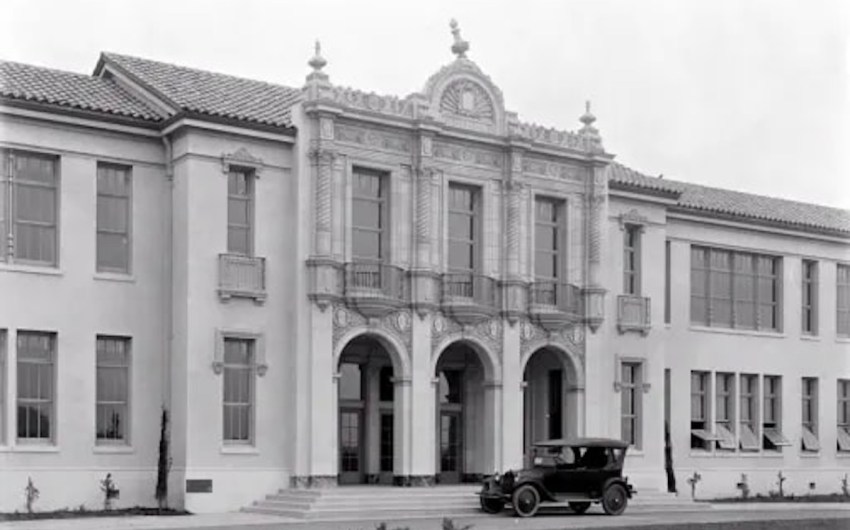
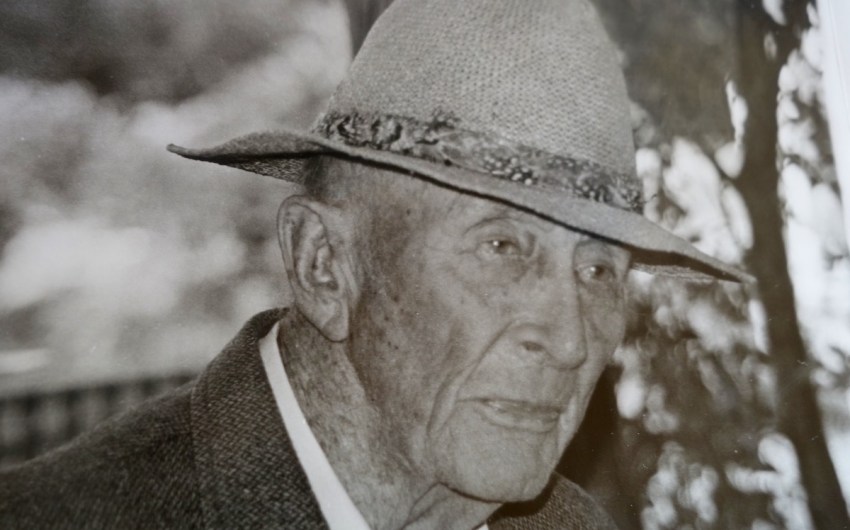
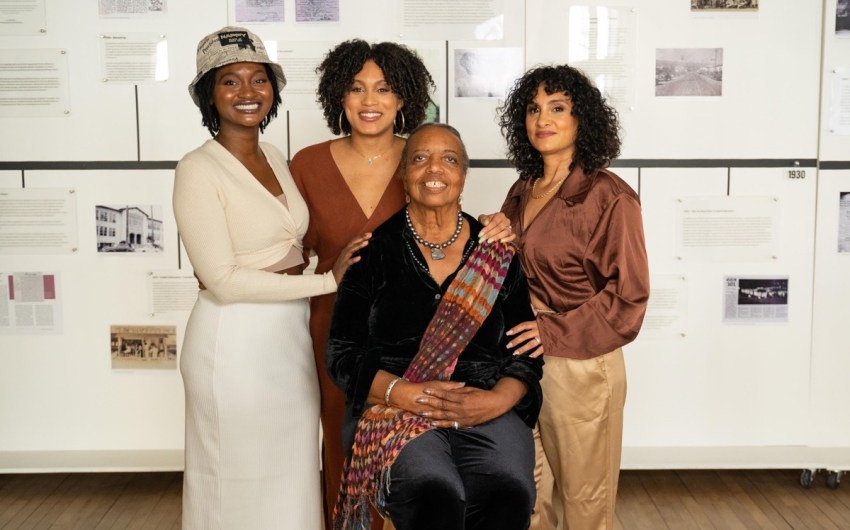
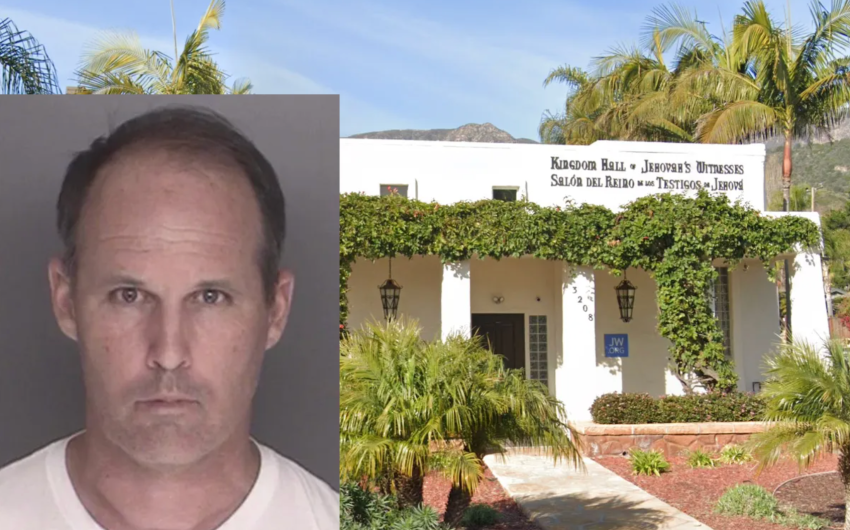

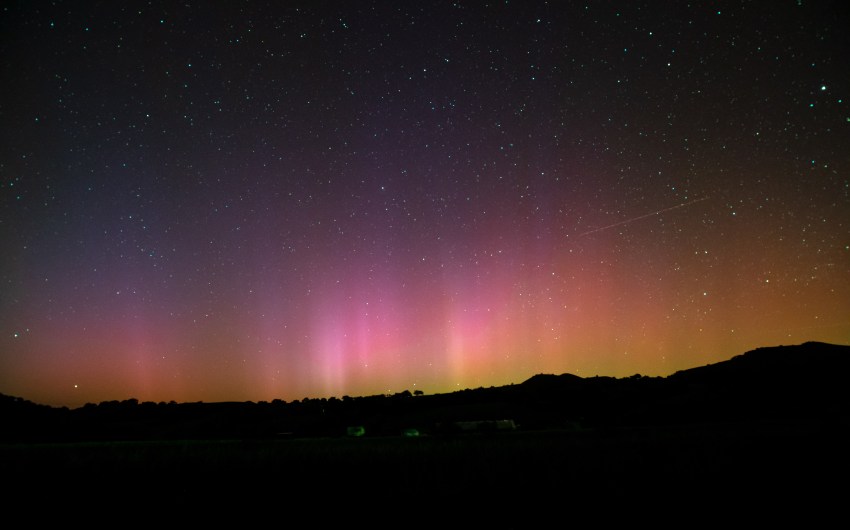


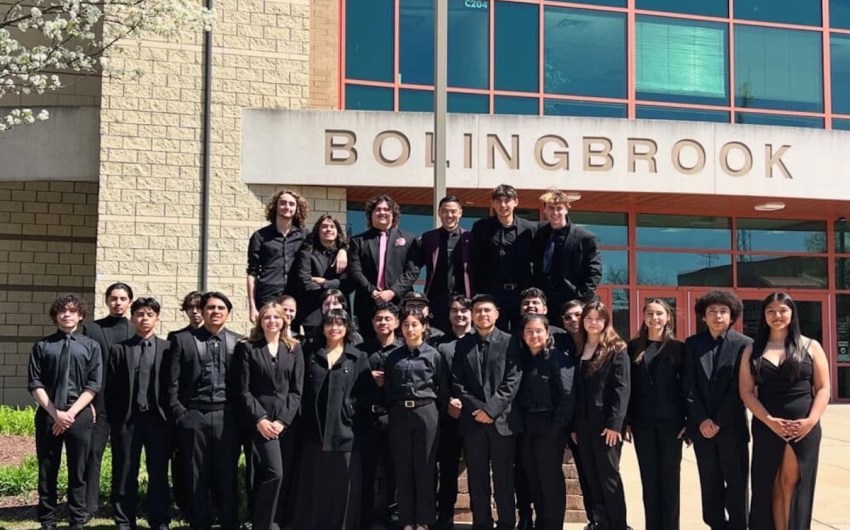








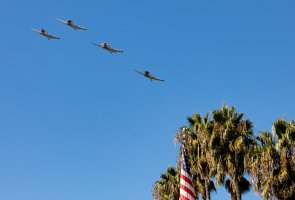

You must be logged in to post a comment.